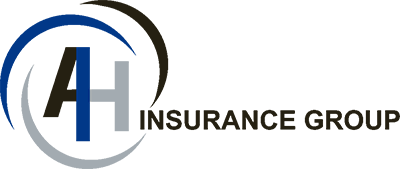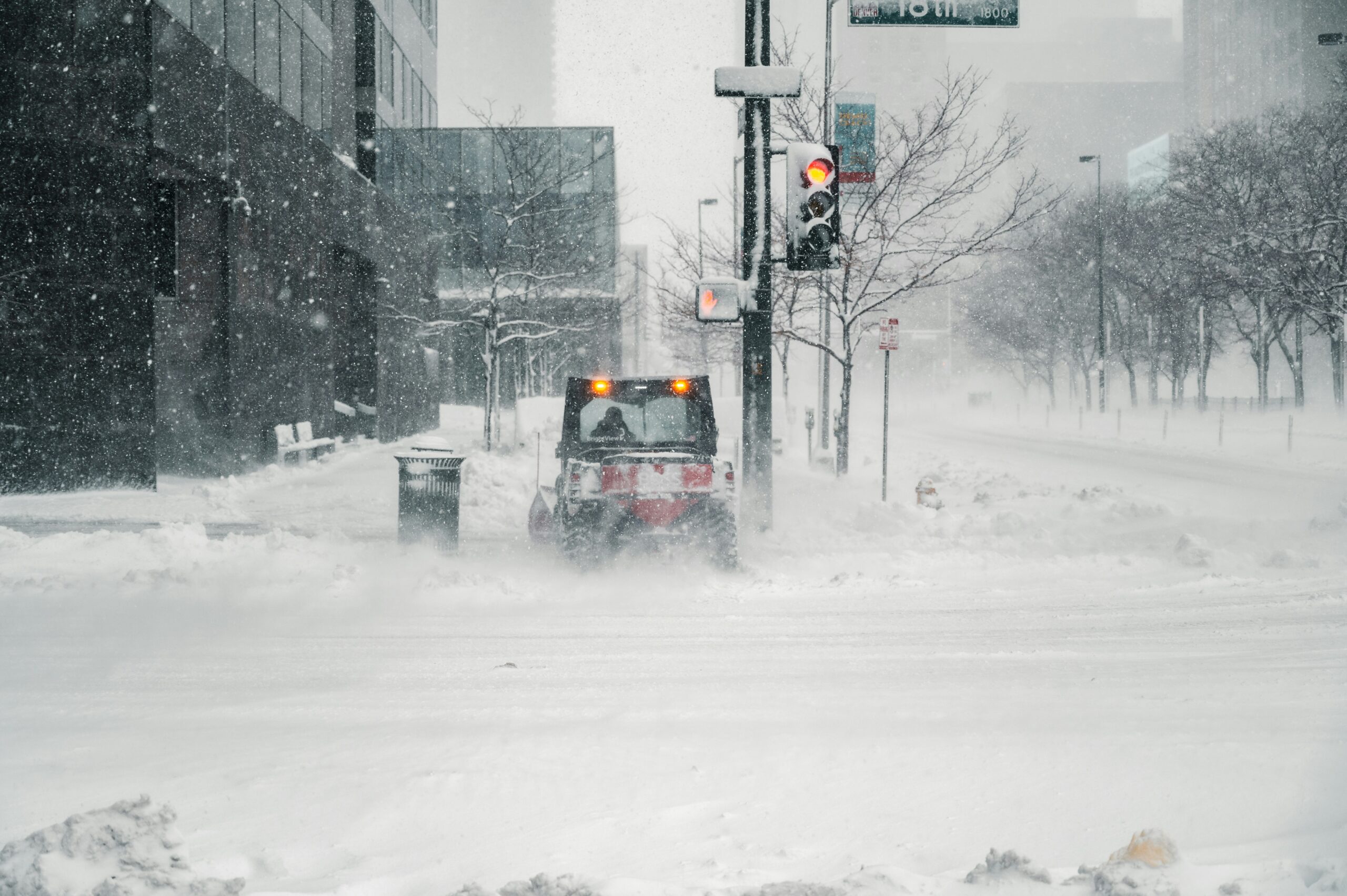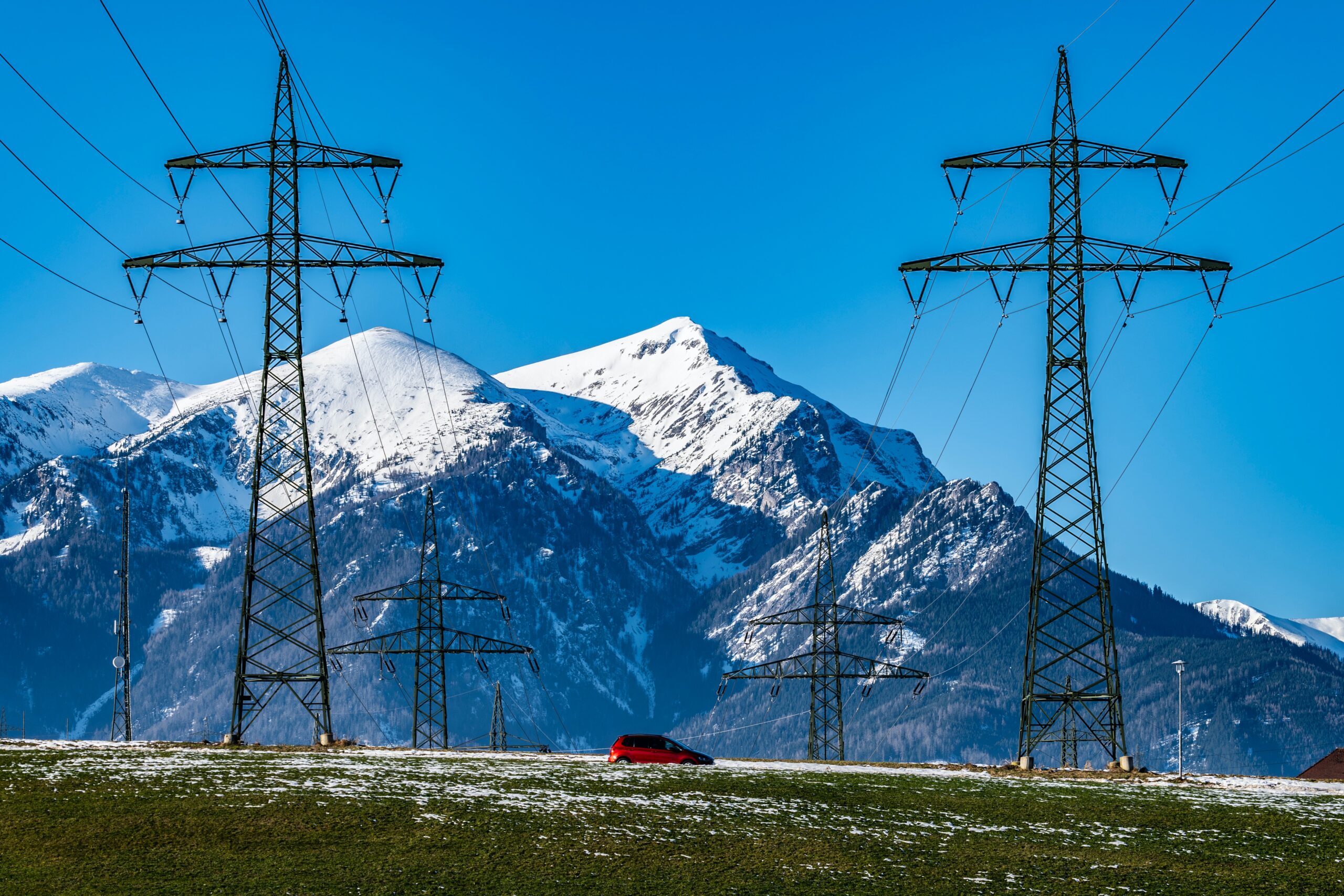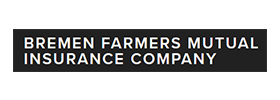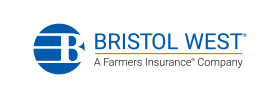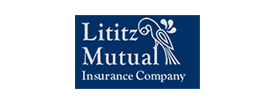A storm of different market trends has caused property insurance prices to skyrocket. If you’re one of the thousands of Americans countrywide who have seen what appears to be an unprecedented difference in your rates, know that you’re not the only one who might be confused.
Multiple factors, including a shortage of skilled labour, low housing inventory, and historic demand for housing, has caused the cost of insuring homes for repairs and replacements to skyrocket. In this article with data from SafeCo, we’ll go over why this is all happening and how to identify savings opportunities despite the hard market conditions.
Why are home insurance prices so high?
With only around 980,000 unsold homes on the market in 2023 (down from 34% based on the past 3 years) the price of homes that have been sold in the United States has risen 42% since 2019.
*Source: National Association of Realtors, Federal Reserve Bank of St. Louis
The price of homes, combined with a shortage of skilled labour to build (and repair or restore) homes, plus high material costs due to shortages not having fully returned to pre-pandemic levels, are all reasons for home insurance prices increasing. Homes simply cost more to replace and repair than they once did, making for a greater need for higher coverage limits and therefore costlier premiums.
Opting not to select coverage limits that would fully cover the cost of your home were it to be destroyed in a total loss is one “solution” many policyholders may feel drawn to, but doing so may leave your home vulnerable in the event of an unexpected loss and could cost you more out-of-pocket than you would otherwise spend on your premiums. Raising your coverage limits may not cost as much additional per month as you might think, and it’s worth having full coverage in the long run.
Savings opportunities
With current rate inflation, many homeowners may be pushed to focus on savings opportunities where possible. Allow us to help – with our partnerships with insurers like SafeCo, we can help you find excellent discount opportunities that may help to combat or fully nullify the rate increases many policyholders across the United States are experiencing. We may suggest:
Home and auto bundling
One of the more popular insurance discounts, bundling your home and auto through the same provider can save you between 5% and 20%, depending on the insurer. With SafeCo, for example, you can save up to 15% on premiums, and tacking on other polices (like RV, renters, boat, etc.) can help the savings add up even more. Ask an agent to see what policies qualify.
New or renovated home
Have a newer home, or a home that’s been substantially renovated recently? You can win big on tremendous savings. Ask your agent about what age of home or standard of renos qualifies for new/renovated home discounts.
Roof payment schedule
Companies like SafeCo offer coverage for roof damage which depreciates payout based on roof age/type, which can save customers up to 4% on average, but even higher savings with severe storm states and homes that have older, unrenovated roofs.
Protective device discount
If your home features an approved protective device, such as a sprinkler system or a burglar alarm (and said devices are properly maintained and charged/have up-to-date batteries) you could receive a substantial discount.
Extra protection for at-risk customers
Although adding endorsements to your policy can increase your rates, there’s value in considering additional coverages if you’re at-risk of certain losses, such as sewer backup, groundwater flooding, and more. Adding these coverages could, in the long run, actually help you to save more money, and with today’s unpredictable (and oftentimes severe) climate, it can be greatly beneficial to preserving your peace-of-mind and the sanctuary of your household.
Consider these endorsements, or discuss with an agent:
Water backup or sewer backup
This endorsement, added to your home policy, offers coverage when water escapes or discharges from a sump or sump pump/similar system and enters your home. Sewage is filthy and can seriously hurt the health of your household, but a mop won’t do the trick. This coverage covers the cost of cleanup and can help to pay off the cost of repairs to your home.
Personal property ACV
Should you experience a covered loss, this endorsement guarantees actual cash value for your belongings at the time of a loss, and then up to the full amount of what it would cost to replace with today’s market.
In unprecedented times, AHI is here to help
All things considered, between the hard market and COVID-19 ripples, it’s tough to be a policyholder. When you feel as if your rates have risen for “no reason,” you might feel tempted to even cancel your policy. We advise you give us a call to discuss your options. While cancelling your insurance might seem like the “right” decision, it can leave you massively exposed – and for many, could void the conditions of their mortgage agreement.
AHI Group is happy to discuss your insurance with you and go over your options. While we understand current rate fluctuations can be confusing and even upsetting, we’re here to provide you with ways to save and can help you comparison shop to find the best rates. Give us a call.
